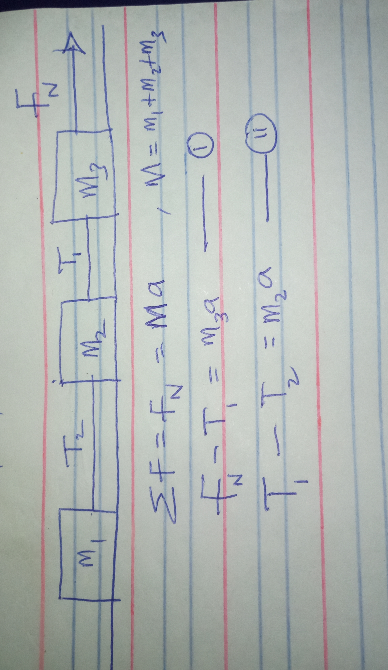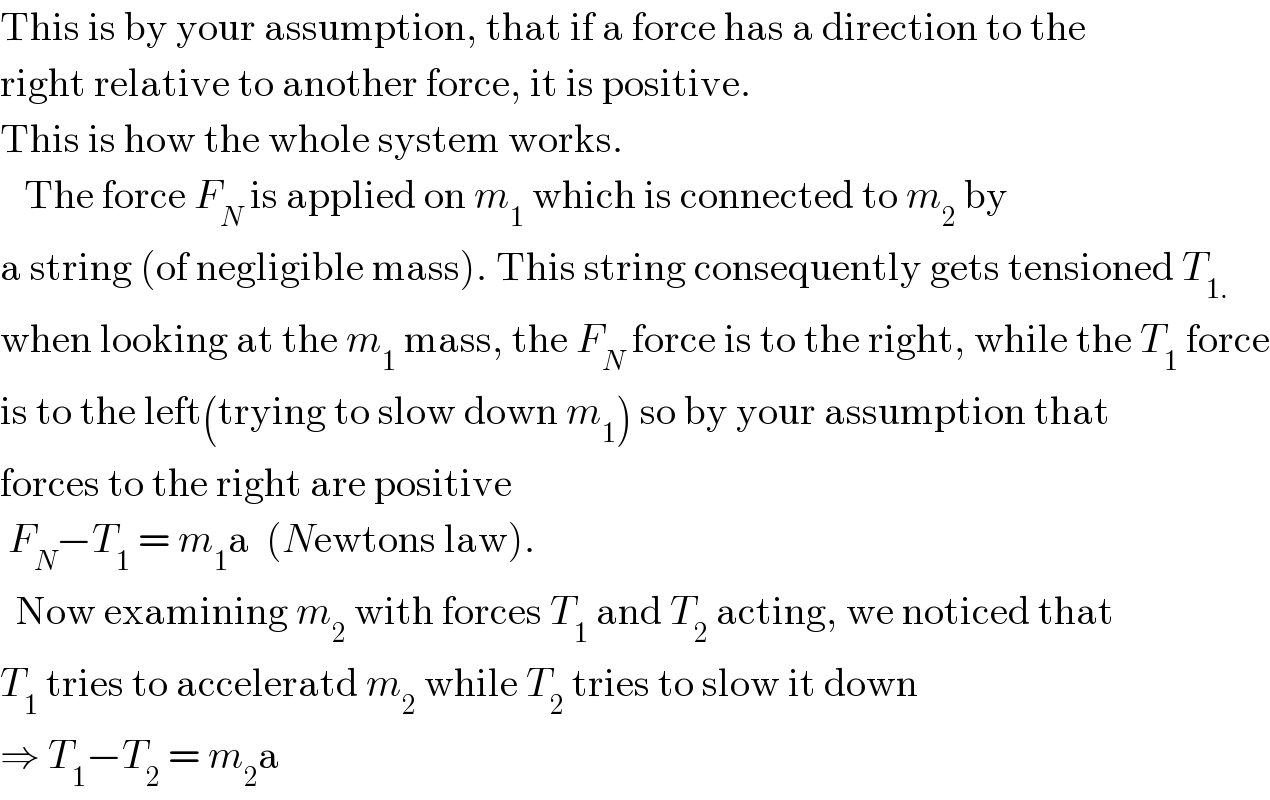
Question and Answers Forum
Question Number 111235 by aurpeyz last updated on 02/Sep/20

Commented by aurpeyz last updated on 02/Sep/20

Answered by Rio Michael last updated on 02/Sep/20

Commented by aurpeyz last updated on 03/Sep/20

| ||
Question and Answers Forum | ||
Question Number 111235 by aurpeyz last updated on 02/Sep/20 | ||
 | ||
Commented by aurpeyz last updated on 02/Sep/20 | ||
 | ||
Answered by Rio Michael last updated on 02/Sep/20 | ||
 | ||
| ||
Commented by aurpeyz last updated on 03/Sep/20 | ||
 | ||